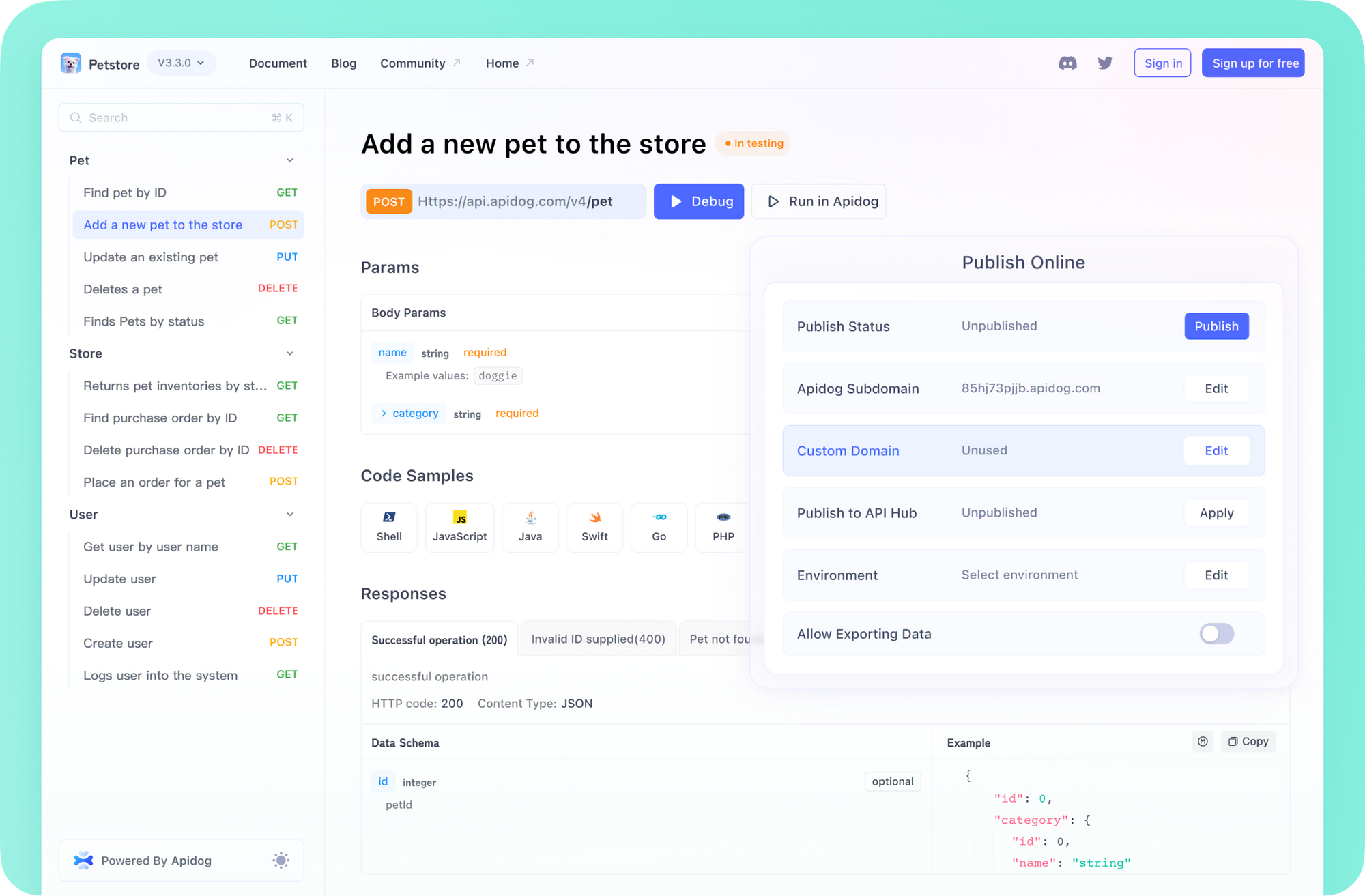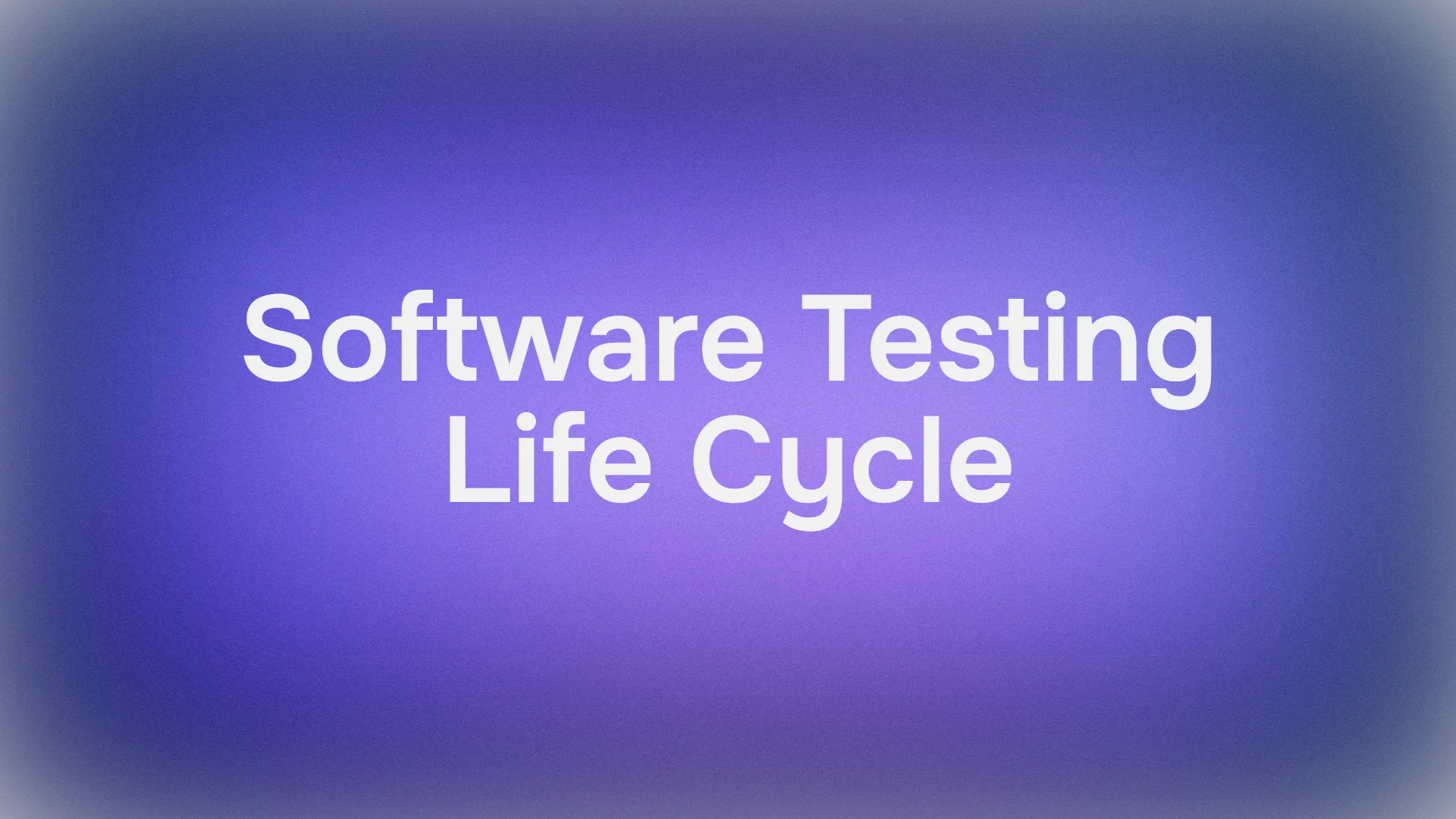Cursor is a powerful integrated development environment (IDE) that leverages advanced AI models like Claude 3.7 to enhance the coding experience. However, users often encounter limitations with the context window—the amount of text the AI can process in a single interaction. While the Max variant of Claude 3.7 offers a 200,000-token context window, it comes with additional costs. This comprehensive guide will walk you through modifying Cursor to extend the context window of the standard Claude 3.7 model Without Paying for Claude Max Mode.
Disclaimer: Modifying software can lead to unintended consequences and may violate terms of service. Proceed with caution and at your own risk.
Plus, with MCP Server support, Apidog takes AI-assisted API development to the next level. It not only simplifies your development workflow by generating codes based on real API specifications but also improves the quality, consistency, and efficiency of your APIs. Try it now and streamline your development process!

Let's dive into the methods that actually work.
What's the Claude 3.7 Sonnet Context Windows in Cursor?
A context window refers to the maximum amount of text (measured in tokens) that an AI model can consider when generating responses. In the case of Claude 3.7:
- Standard Model: Limited to approximately 48K tokens
- Max Variant: Offers a 200,000-token context window but at a higher cost
The Max mode costs $0.05 per request plus $0.05 per tool call, which can accumulate quickly with up to 200 possible tool calls. For developers working with large codebases, this can translate to significant expenses.
By increasing the context window, you enable the AI to process larger codebases and more extensive documentation, enhancing its utility in complex projects. This is particularly valuable when:
- Working with monolithic applications
- Analyzing multiple related files simultaneously
- Processing extensive API documentation
- Understanding complex architectural patterns
Two Methods to Bypass Context Window Limitations
There are two primary approaches to extending Claude 3.7's context window in Cursor: manual JavaScript modification and using an automated Python script. We'll cover both methods in detail.
Method 1: Manual JavaScript Modification
This method involves directly editing the Cursor application files to modify how the context window limits are enforced.
1. Locate the Main JavaScript File
Cursor's functionality is governed by various JavaScript files. The primary file of interest is:
resources/app/out/vs/workbench/workbench.desktop.main.js
Steps:
- Navigate to the
resourcesdirectory within your Cursor installation. - On Windows, this is typically located at
C:\Users\[Username]\AppData\Local\Programs\Cursor\resources - On macOS, right-click the Cursor application, select "Show Package Contents," and navigate to
Contents/Resources - Proceed to
app/out/vs/workbench/ - Locate and open the
workbench.desktop.main.jsfile.
2. Backup the Original File
Before making any modifications, it's crucial to create a backup of the original file to prevent potential issues.
Steps:
- Copy the
workbench.desktop.main.jsfile - Rename the copy to something like
workbench.desktop.main.js.bak - Store it in a safe location
3. Edit the getEffectiveTokenLimit Function
The getEffectiveTokenLimit function determines the token limit for each model. By modifying this function, you can override the default token limit for Claude 3.7.
Steps:
- Open the
workbench.desktop.main.jsfile in your code editor - Search for the
getEffectiveTokenLimitfunction - Modify the function to include a condition that sets the token limit for Claude 3.7 to 200,000 tokens
Example Modification:
async getEffectiveTokenLimit(e) {
const n = e.modelName;
// Override for Claude 3.7
if (n === "claude-3.7-sonnet") return 200000;
// Rest of the original function...
}
Explanation:
- The function checks if the model name (
n) is"claude-3.7-sonnet" - If true, it returns a token limit of 200,000
- Otherwise, it proceeds with the original logic
4. Save and Restart Cursor
After making the necessary changes:
- Save the
workbench.desktop.main.jsfile - Close your code editor
- Restart the Cursor application to apply the changes
Method 2: Using the Automated Python Script (Recommended)
For those less comfortable with manual JavaScript editing, the CursorPlus project offers a Python script that automates the modification process. This method is generally safer and more reliable than manual editing.
1. Download the Python Script
The script hack_claude.py is available on the CursorPlus GitHub repository.
2. Install Python Requirements
Ensure you have Python installed on your system. The script doesn't require any additional dependencies.
3. Run the Script
Open a terminal or command prompt and navigate to the directory containing the script. Run it using:
python hack_claude.py
What the Script Does:

- Automatically locates the Cursor installation directory
- Creates a backup of the original workbench file
- Makes precise modifications to:
- Increase the token limit to 200,000 tokens
- Set the thinking level to "high" for more detailed reasoning
- Add custom UI styling to distinguish the enhanced model

4. Customization Options
The script offers several customization options:
python hack_claude.py --token-mode all_models --ui-style red
Available options include:
--file, -f: Specify a custom path to the workbench file--token-mode, -t: Choose betweenclaude37_only(default) orall_modelsto apply the token limit--ui-style, -u: Select fromgradient,red, oranimatedstyling options--skip-backup, -s: Skip creating a backup (not recommended)
For example, to apply the 200K limit to all models with animated styling:
python hack_claude.py --token-mode all_models --ui-style animated
How the Token Limit Bypass Works
The context window limit isn't hardcoded in the client but comes from the API server. However, the client caches these limits locally, and by modifying the getEffectiveTokenLimit function, we intercept the process and return our own value before the client even asks the server.
This approach works because:
- The token limit is enforced client-side in Cursor
- The modified function returns our specified limit (200,000) for Claude 3.7
- Cursor then allows larger inputs to be sent to the API
It's important to note that this modification only affects how much text Cursor will allow you to send to Claude 3.7. The actual processing capability is determined by Anthropic's API, which should support the larger context window.
Verify the Modification
To ensure the modification was successful:
- Test with Larger Inputs: Provide Claude 3.7 with a larger codebase or extensive documentation.
- Monitor Performance: Observe if the AI processes the input without hitting previous context window limitations.
- Check UI Changes: If you used the Python script with UI styling options, verify that Claude 3.7 appears with the selected styling.
- Test Complex Queries: Try asking questions that require analyzing multiple files simultaneously.
FAQ
Q: Will this affect my billing with Cursor or Anthropic?
A: The modification doesn't change how Anthropic bills for API usage. You'll still be billed at the standard Claude 3.7 rates, not the MAX rates.
Q: Can I revert back to the original settings?
A: Yes, simply restore the backup file you created before making modifications, or reinstall Cursor.
Q: Is this modification detectable by Cursor or Anthropic?
A: In theory, it's possible for the services to detect client-side modifications, though whether they actively monitor for this is unknown.
Q: Does this work on all operating systems?
A: The modifications should work on both Windows and macOS versions of Cursor, though file paths will differ.
Conclusion
Extending Claude 3.7's context window in Cursor can significantly enhance your development experience without incurring the additional costs of MAX mode. The automated Python script provided by the CursorPlus project offers the most user-friendly approach, with additional benefits like improved thinking level and visual indicators.
However, always proceed with caution when modifying software, maintain backups, and be prepared to reapply modifications after updates. While these techniques can be valuable for development work, consider whether the productivity gains justify the potential risks and ethical considerations involved in modifying the application.
By understanding both the technical aspects and the broader implications of context window management, you can make informed decisions that best support your development workflow while respecting the ecosystem that makes these powerful AI tools possible.



